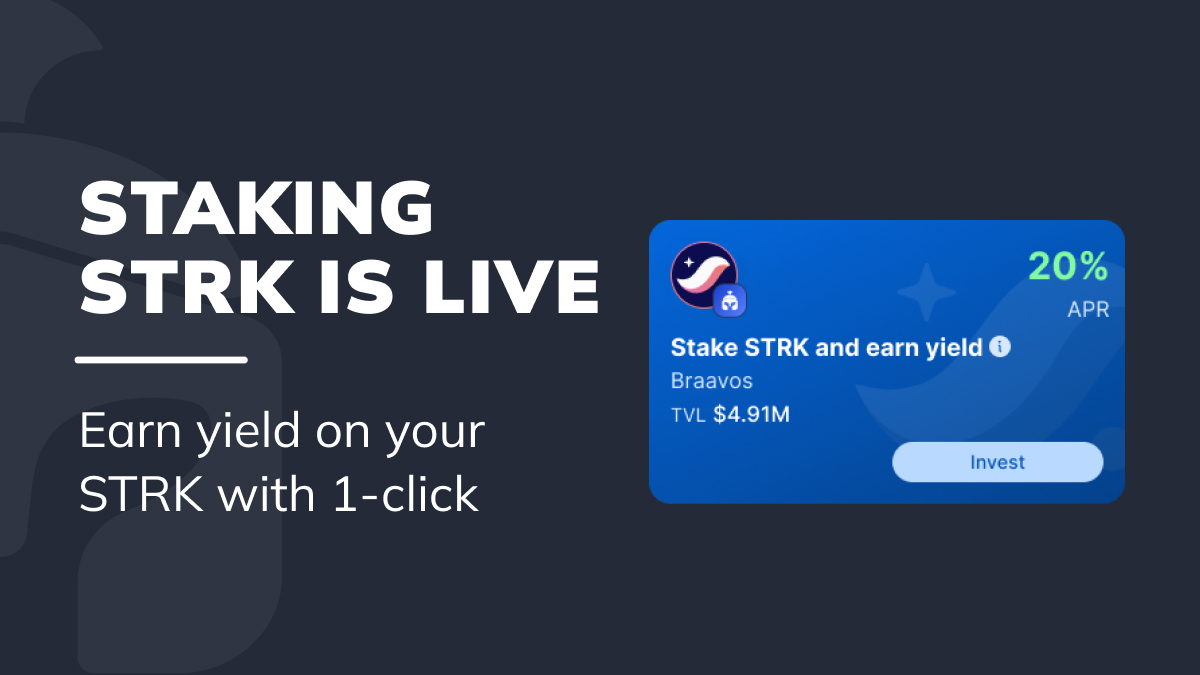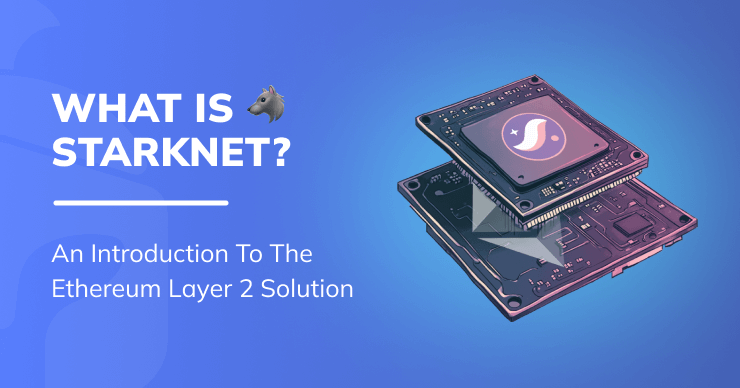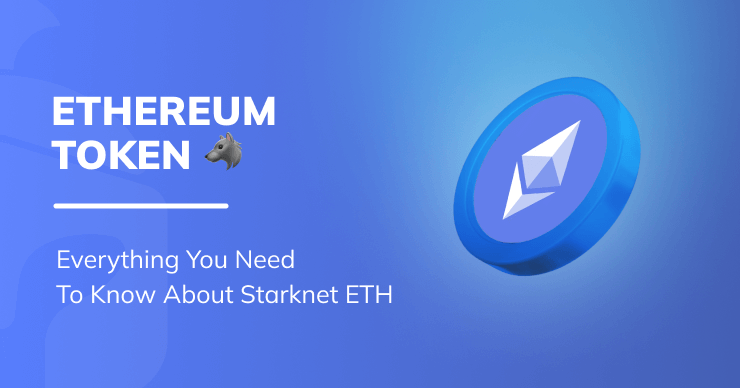What Is The Starknet Token? STRK Promising Utility Revealed
Don't miss the opportunity to join the Starknet revolution with the Starknet Token. Understand its main purpose and distribution conditions!
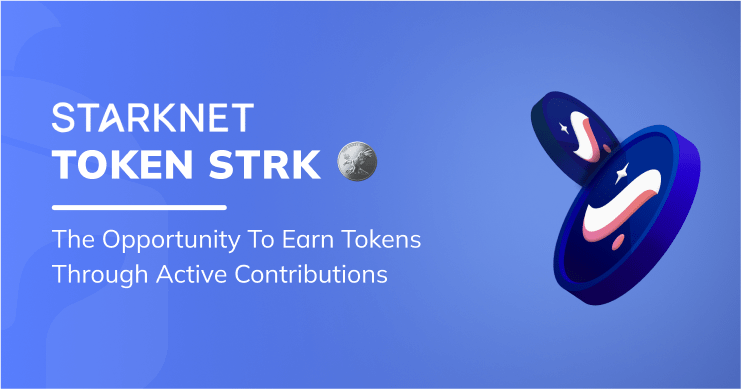
The Opportunities to Earn Tokens through Active Contribution
If you were wondering what chain is Starknet built on, it’s on Ethereum. Starknet is an Ethereum-scaling Layer 2 (L2) validity rollup using STARK cryptographic proofs. It is now decentralized with the introduction of the native STRK token and the establishment of the Starknet Foundation.
An initial 10 billion STRK tokens have been minted on Ethereum L1 and are being allocated to various ecosystem contributors. Meanwhile, the Starknet Foundation, a mission-driven non-profit organization, aims to maintain Starknet as a public good, accessible to all without discrimination.
The Starknet Token has three main purposes within the ecosystem:
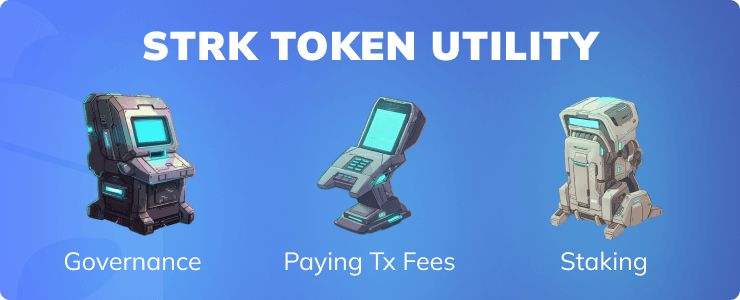
- Governance: The token plays an important role in the decision-making process for Starknet. Token holders can participate in governance activities, such as voting on network upgrades, protocol updates, dispute resolution, and public goods funding.
- Payment of transaction fees: The Starknet Token will be used to pay transaction fees on the network (while ensuring good UX for using ETH to pay for gas). This ensures the network’s continued operation and incentivizes node operators to maintain the network’s security and efficiency.
- Participation in Starknet’s consensus mechanism (Staking): Token holders will be able to stake their tokens to participate in the network’s consensus mechanism. This further secures the network and encourages active involvement from the community in maintaining the network’s integrity.
The introduction of a native token is important for defining the Starknet community, compensating network operators, and providing a distinct voice for decision-making.
If you are looking for a complete article on the Starknet token, find it here.
[sc name=”download-braavos-wallet”][/sc]
Network Decentralization
The four guiding principles for decentralization of the Starknet network are liveness, censorship resistance, transparency, and creativity. The Starknet Foundation is a mission-driven non-profit organization, working to maintain Starknet as a public good and promote the decentralization goals outlined in the principles. It will also focus on developing, testing, and implementing community decision-making processes for resolving essential technological questions.
Token Design
The token design considers the needs of users, operators, and developers in the Starknet ecosystem. The mechanisms for fee structure and token minting shall be automated, tested, transparent and resistant to manipulation while providing good user experience.
Tokens allocated to shareholders, employees, and independent software developers are locked for four years with a gradual release starting after one year. Locked tokens can still be used for voting and staking, but cannot be transferred or traded.
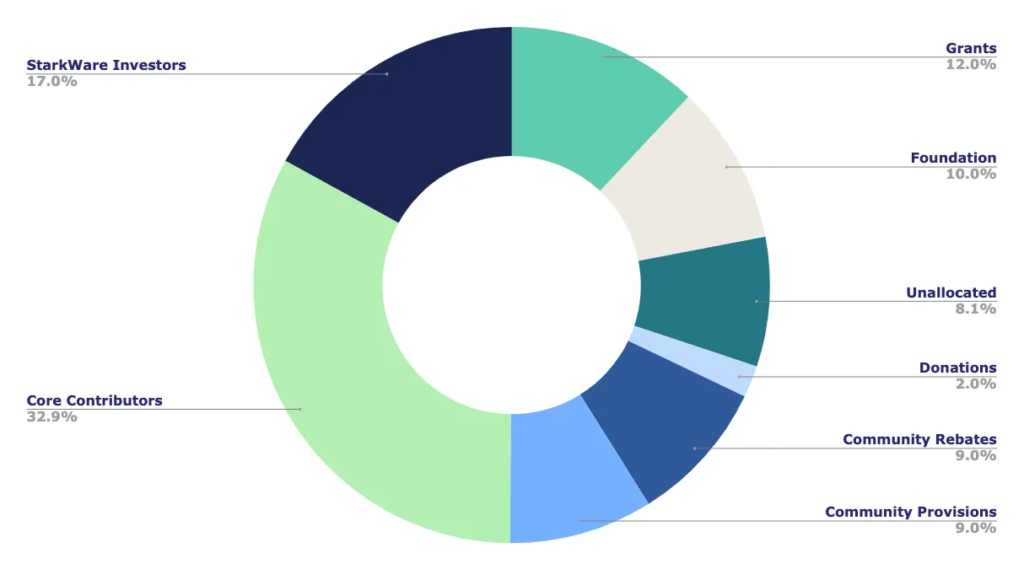
The Starknet protocol will allocate a fraction of fees and ongoing new minting to Smart Contract Developers based on the value provided by their smart contracts. Core developers, on the other hand, will receive token allocation through a model that balances human discretion and decentralization principles.
The 10 billion initial tokens will be divided among StarkWare Investors, Core Contributors, and the Foundation. The Foundation’s portion of tokens is earmarked for various purposes such as community provisions, community rebates, grants, strategic reserve, donations, and an unallocated treasury.
How to receive Starknet Tokens?
To receive Starknet Tokens, developers and end users must contribute to the ecosystem.
Developers who create valuable software for Starknet infrastructure or smart contracts can expect to receive tokens automatically through the protocol or as grants for work done on the Starknet protocol.
End users are encouraged to use Starknet for transactions and applications that they value, without expecting future rewards of tokens. By actively participating and genuinely contributing to the ecosystem, individuals can potentially receive Starknet tokens.
The Starknet team hopes that the token and network will empower the creative community and lead to numerous unimagined applications.
Furthermore, 9% of the initial token allocation will be granted for Community Provisions – for those who performed work for Starknet and powered or developed its underlying technology, e.g. via past use of the StarkEx L2 systems. Crucially, all Community Provisions will be based on verifiable work that was performed in the past to avoid manipulations.
Summary
The Starknet network is moving towards decentralization with the introduction of its native STRK token and the establishment of the Starknet Foundation. The token serves three primary purposes within the ecosystem: governance, transaction fee payments, and staking for consensus mechanism participation. Developers and end users can earn tokens by actively contributing to the Starknet ecosystem. It’s important to note that at the time of this writing the STRK token is not offered for sale, so beware of scams. The Starknet Foundation, a mission-driven non-profit, will work to maintain Starknet as a public good and promote its decentralization goals based on the principles of liveness, censorship resistance, transparency, and creativity.
Download Braavos Smart Wallet today and start your Starknet Journey.
This post is largely based on Part 1, Part 2 and Part 3 of the Starknet Decentralization proposal.

